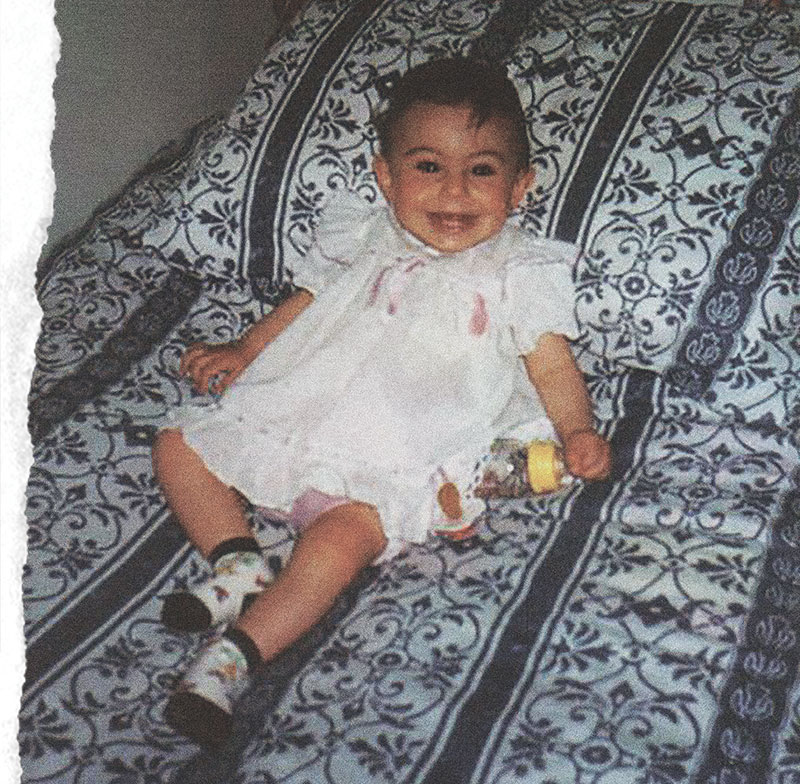Maintaining Memories
By Ashley Grech
Memory is the faculty by which we store and recall information. Thoughts emerging from the past fade in clarity but resist being entirely forgotten due to the external tools we have to aid our personal memories.
However, time works against both the memory of our mind and the archives of our collected images. A photograph may preserve a memory of the mind but photos also fade away in their own unique way. Photography is the practice of recording and creating durable images. Over time, methods of how photographs are created have changed, and older methods reveal their degradation in stunningly beautiful ways—mixed memories of the mind and the physical qualities of deteriorating printed images. Recorded memories of my childhood are all that is left of the memories of my grandparents being a physical part of my life.
Chances are, that most of you have a pile of photo albums sitting in a box somewhere, that rarely, if ever, get to see the light of day, or that bunch of old printed photos sitting in the drawer that are now retired. Over time, these images change in colour, fade and lose quality. There are plenty of ways that we can easily save digital versions of these old images in order for them to last but what their degradation offers is the point here. We live in a world where photos are shared constantly through social media, text messages and the like. Ever looked at old film that came out of those Kodak cameras that were usually developed at Kmart? Most of us can’t imagine having to process our photos in this manner but we can use the remaining images and their qualities to reflect on the past. If it wasn’t for my mother keeping a record of these old photos, I would not have been able to hold on to the old memories of my grandparents being in Australia with me. When I was young, my grandparents came to visit, but they have not been ever since, they live miles and miles away on the other side of the world. If it wasn’t for these photos, I would be lost for memories.
Years go by and old images become forgotten, slowly deteriorating or being thrown out as they are overwritten by new and easier methods such as smart phone cameras and social media, both of which allow photos to be uploaded and shared almost instantly. Have old photos really done their time? Memories flood back when these old images are found. Have you ever taken an old filmstrip and looked at the images while holding it to the light? The window to the past holds a powerful aura. This was the only way that I was able to go back in time and look at memories of my grandparents, due to their lack of presence in my life. The amount of photos taken daily by most of us has increased, making photos a little less special. The degradation of film and aged printed pictures seems to hold greater authenticity in the face of social media inspired photography.
As the digital revolution took place, it was hard to hold onto old film cameras and the old fading photos that they produced all those years ago. Many people have migrated to digital gear and old photographs are left grainy, washed out and devoid of tone. The main impact of digital photography is the sheer number of photographs being taken. Today, photography is cheap and almost effortless. Photo prints and negatives are made by using chemicals and chemical dyes that are sensitive to light and changes in temperature. Over time, these chemicals degrade and the image starts fading away, turning yellow, and frequently developing cracks. In addition, dust, oil, dirt, and some gases also contribute to picture deterioration.
Due to photos being shared so easily through the digital revolution, they no longer have a sentimental value, as they did back when photography was mainly analogue. Not many people develop their photos anymore, now storing them on a computer, hard drive, phone or social media. These photographs, although fading away, hold great meaning and sentimental value and are a great example of memories and recordings of the past working together.
We are left wondering what happened to holding a hard copy of an image, in comparison to what we are now used to—viewing images on a screen! Not only have photographs changed in quality, with old images deteriorating and fading, images now last longer and remain vibrant, as they are stored digitally. The problem today is no longer deterioration, but memories being overwhelmed. Our memories are not only being forgotten, but overwritten, due to the immense amount of photos that are taken and shared on a daily basis. This is the memory lapse of photography.

“I would be lost for memories.”

“Old memories deteriorate and new memories evolve.”
